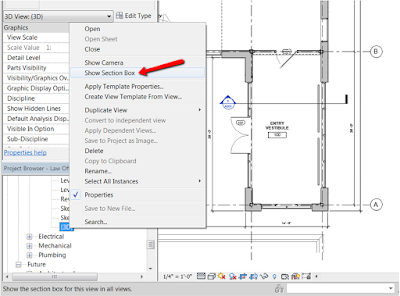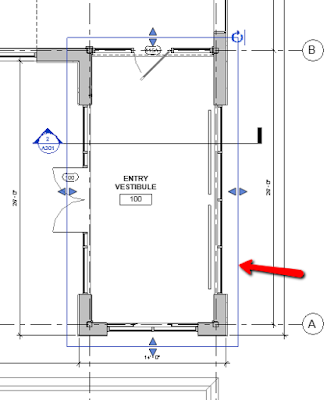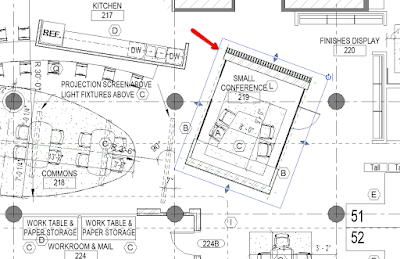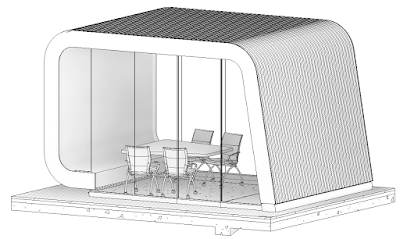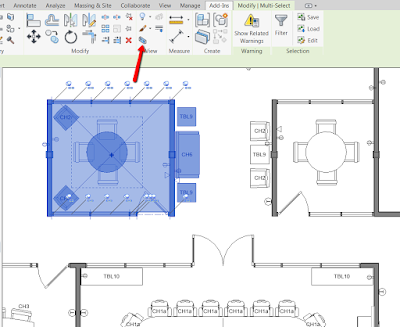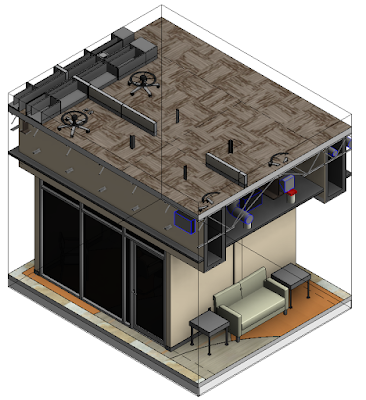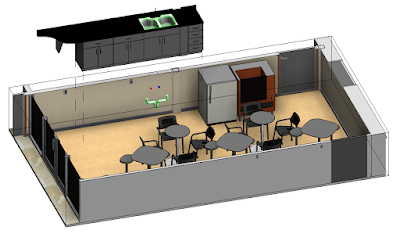Fun fact: I wrote this post in-flight between Minneapolis and
Amsterdam, in route to visit my family's past Russian exchange students--and ultimately posted this from St. Petersburg, Russia. I had mentioned this impending trip
in a speaker spotlight interview for BILT-NA in Toronto.
There are a number of tips and tricks related to Revit’s
Section Box feature. I will share several of them in this post. Please add any additional tips you may have in the comments section below.
A Section Box can be activated in a 3D or Camera view via
Properties as shown in the image below.
Once activated, and selected, each of the six sides of the
Section Box can be adjusted using the grips. The grips are always centered on
each face.
In addition to the six grips, there is also a quick access
Rotation icon, see the image above.
For more control in sizing and rotating the Section Box, I
like to adjust it in plan, elevation and section views. You can make the
Section Box visible by selecting it in the 3D view and then using Ctrl+Tab to
step through the open views. This requires the plan or elevation view to
already be open. Additionally, the Section Box will become deselected if you
step into another project or family.
Another option is to open the plan or elevation view and then right-click on the 3D view in the Project Browser as shown in the image below.
Any 3D or Camera view with Section Box checked will show this option.
Once selected, you can drag a side to be more accurately
centered on a wall (in plan) or above/below a floor (in elevation).
When the Section Box is selected, in a plan view, use the
rotate command. The angled element in the next two images is a good example of
when rotating a Section Box can be helpful.
Finally, the Section Box can be used to save a lot of time
when rendering a still image in Revit. I talked about this in the ArchVision
webinar... click here to see my post about that and watch the recording.



